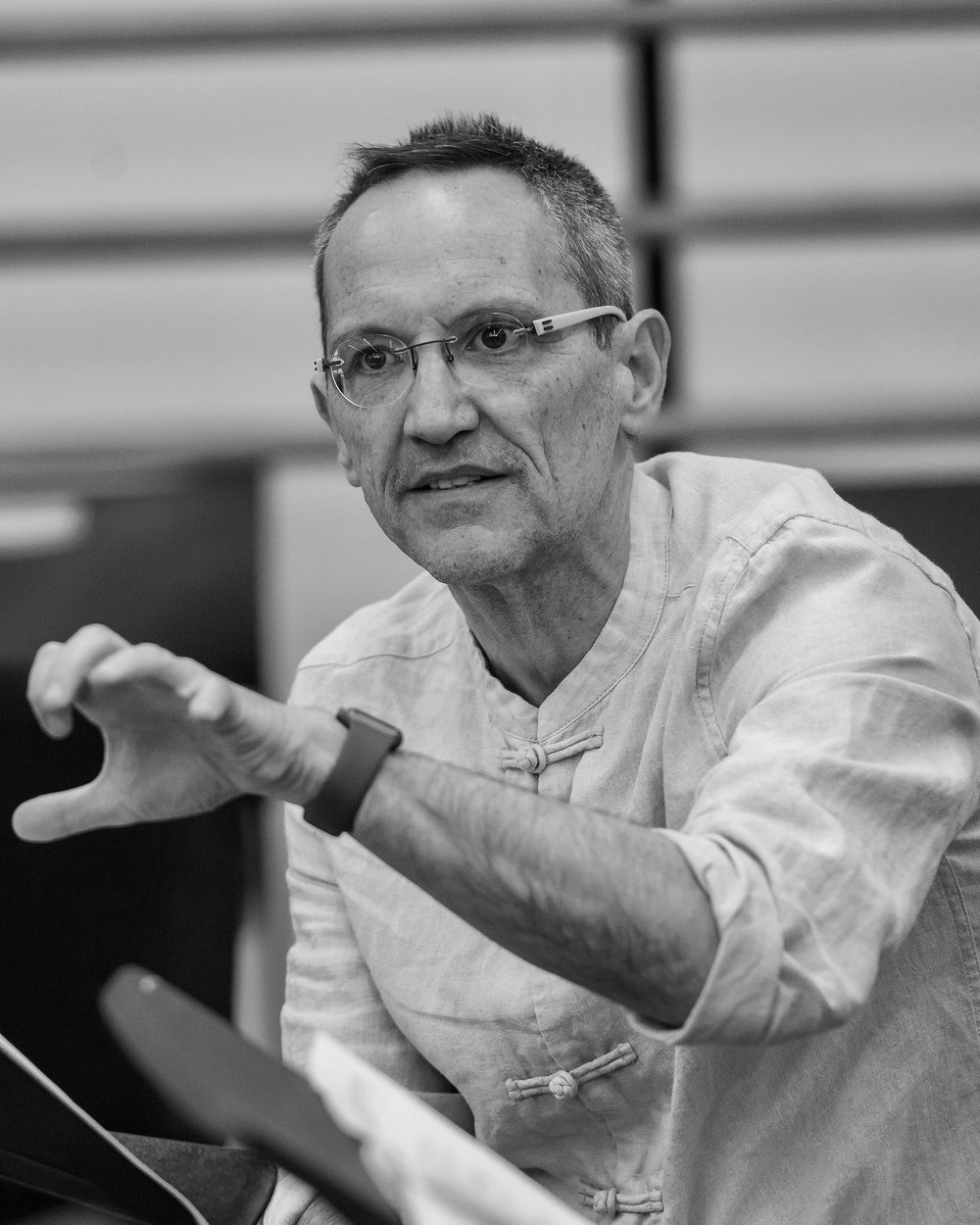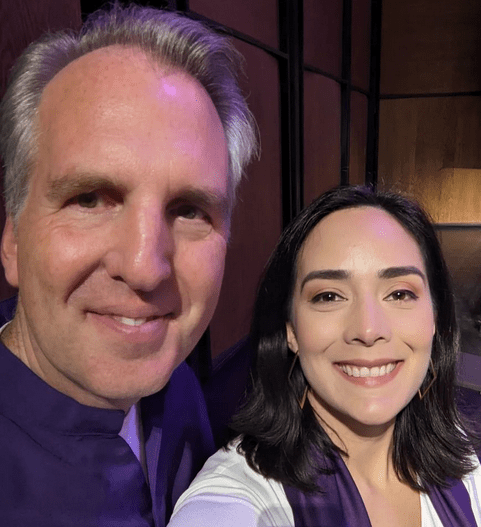From the Gateway Chamber Orchestra
Hispanic Lent with La Pasión Según San Marcos
A dust cloud arises above the ground gradually revealing an uncertain phenomenon. The more it becomes visible, the stronger is the instinct that something startling is about to happen. Is it an announcement? Will it be for an instant or will it last forever?

The unusual orchestration of La Pasión Según San Marcos, a superb work by the Argentinian maestro Osvaldo Golijov, hints of an expectation of a revelation. A light sheet unfolds into two fixed notes that alternate between the strings, while the berimbau and the bombo direct a prolonged crescendo that allows us to see the brass shine. Finally the melody of the trumpets takes off in a statement that echoes amidst the stirring of the shaker seeds.
At the moment when Jesus ascends from the water in the baptismal rite, God manifests himself through the Holy Spirit: “This is my beloved Son, in whom I am well pleased”. This event confirms the mission of the Atonement for mankind, and it is also the verse that Golijov chose to begin his dynamic narrative of La Pasión.
The setting of the composition and the performance of this musical work, makes visible the different migrant realities in the world. Jesus who had to flee to Egypt to avoid being assassinated, the African community that settled in America at the time of slavery, and the composer, a descendant of a Jewish family that took refuge in Argentina because of war. The masterful performance that the Gateway Orchestra gave on March 18 and 19 under the conducting of Gregory Wolynec at the Austin Peay State University’s Mabry Concert Hall (Clarksville) included an extraordinary guest cast from different nationalities. The scenography sound of the Atlantic rhythms, was recreated by the artists Reynaldo González Fernández (Cuba), Mikael Ringquist (Sweden) and Marcus Santos (Brazil). This trio has served as the axis in the staging of La Pasión with different orchestras around the world. Ringquist, who specialized in the batá drums of Yoruba culture, collaborated in the creation of the percussion lines on Golijov’s own composition. Continuing the multiculturalism of the event, the Spanish-speaking spectators were reacquainted with their native sounds while they were holding a concert program in Spanish.
The expression of Jeremiah lamenting the destruction of Jerusalem in the artistic work of the painter Rembrandt, was the inspiration that Golijov needed to take on the musical setting of a biblical text. Both artists share the reality of materializing religious passages alien to their own beliefs. However, in the suffering of Jesus, Golijov saw the pain, the anguish, and also the resistance of the Latin American people due to the lurid political persecution of their governments. This is why the libretto is mostly written in colloquial language and the dialogues move from speaker to speaker in each movement. In Agonía, an Aria of Jesus, the conversation with God and with his disciples is performed by an alto and the female voices of the choir, in a heartfelt lullaby supported by the lament of an accordion. Displaying a color of a bandoneon, together with the suggestive darkness of the low strings, The Garden of Getsemaní gives off an aroma of tango. For Golijov, the strongest representation of Jesus in Latin America is embodied in women. Their peaceful and consistent protest brings the composer’s memory to the images of the Plaza de Mayo, a place in which the clamor of the mothers for the disappeared was gathered in Argentina.

Another of the great attractions in the composition was the different musical genre selection that gave life to each of La Pasión episodes. The voices in the choir are technically adapted to each style, making it possible to recognize the timbre colors of the different races. In Primer Anuncio, the “cantadoras” congregate. These are women who in the Caribbean and Pacific coasts announce events and tell stories. The incrimination in Judas, finds the perfect ground in the Cuban song that is characterized by exclaiming openly and sparing no details. Judas responds with an internal reflection in the dramatic language of flamenco, a genre that singles out first-person narration. In this range of tunes, the mezzo-soprano Luisana Rivas (Venezuela) exploited her versatility in lyrical and art-song performing, and the soprano Penelope Shumate (USA), recognized for her clear and brilliant sound, brought the oratorio back to the Old World.
With an ensemble dressed entirely in white and adorned with a purple sash -the tonality of the typical costumes of the littoral and the representation of pain and penance in the Christian liturgy, respectively – dance and art drama also converge in La Pasión. Choir members converse with each other and congregate to emphasize a message. The dancer Paciência, alternating between the berimbau and the martial arts, combined the gestures of capoeira with the acted script of the work.
La Pasión contains an immeasurable symbolism; interrelates roots, religions and times. However, in the words of the composer, the orchestration would not have nuances, the contrast between the rhythm and the chant would be succinct, and it should be structured in the form of a Cross.



